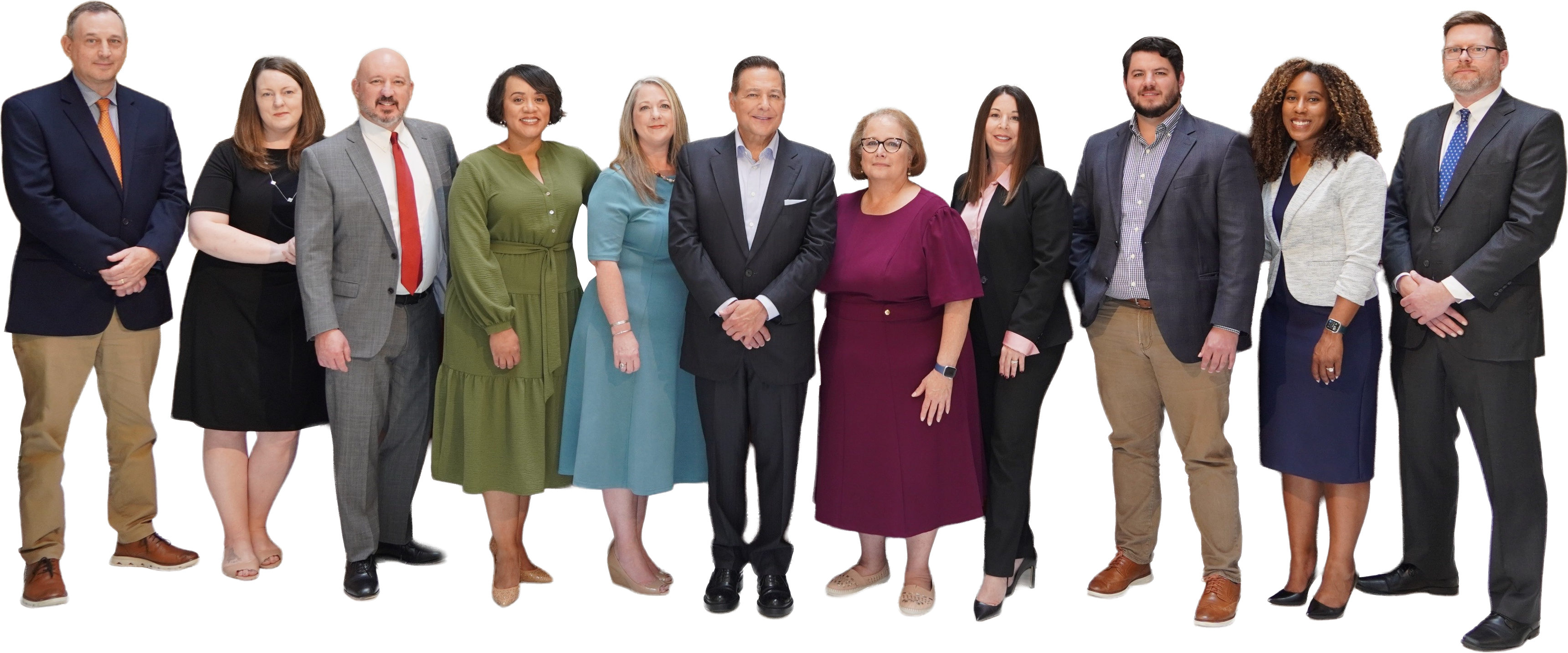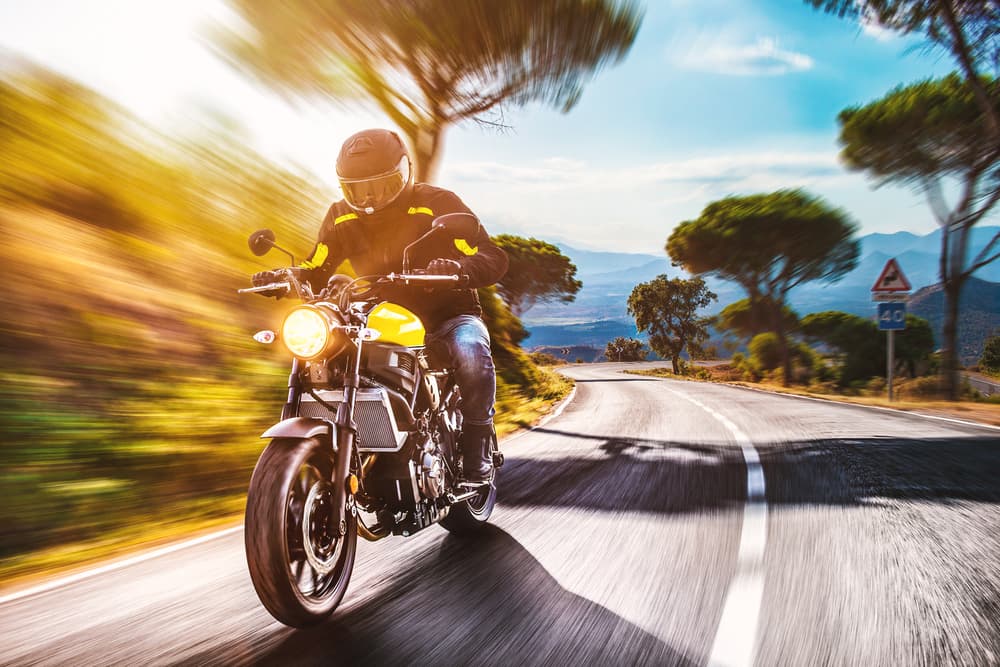Some of us see motorcycles as unsafe nuisances. In reality, most motorcyclists take their safety very seriously. They wear the proper riding gear, use their blinkers to signal turns or lane changes, and refrain from dangerous riding practices like lane-splitting.
A large portion of motorcycle accidents involve not just a bike but a passenger vehicle as well. According to the National Highway Traffic Safety Administration, 2,316 of the motorcycle accidents that occurred in 2012 involved another kind of motor vehicle. Just under half of these, 41% to be exact, were caused because the other vehicle turned left in front of the motorcyclist while they were going straight or passing. A simple mistake like this on the part of the driver of the car or truck can easily kill or severely injure a motorcyclist.
In 2013, 3,789 motorcycle accidents occurred on North Carolina roads. Of those, 3,081 resulted in injuries and caused the loss of 146 lives. Wrongful deaths like this happen more than you’d think and, as attorneys, we hear stories like this far too often. Awareness is, perhaps, one of the best ways to prevent accidents like this in the future. So as the driver of a car or truck, what do you need to know about sharing the road with motorcycles?
Driving Tips
For a free legal consultation, call (877) 333-1000
If you don’t ride a motorcycle, you probably don’t know much about them, and that’s ok. The most important thing you can do is to check your blind spots and be sure a motorcycle isn’t in the immediate area. Using common sense can prevent potentially dangerous situations. It’s a good idea to keep the following tips in mind as well:
- Motorcycles are smaller than cars and may appear to be farther away than they really are. Check twice to make an accurate assessment of how far away they really are.
- A motorcycle’s small size makes it easy for them to hide in your blind spot or be obstructed by your surroundings (mirrors, road signs, etc.). Always look behind you before changing lanes to be sure nobody is there.
- Motorcycle drivers can slow their speed by shifting to a lower gear, but that doesn’t activate the brake lights. Make sure to leave extra following distance when behind a motorcycle.
- If you see a motorcycle changing their position inside of their lane, don’t assume they’re trying to show off. Motorcyclists change position within a lane to adjust for wind, debris, or to put themselves in a position that is more visible to other drivers.
- Many people like motorcycles because they offer unique maneuverability as compared to cars. However, this doesn’t mean that they can avoid a tricky situation any faster than a car can. Don’t assume that a motorcycle can dodge another vehicle or a pothole.
- A motorcycle stops at about the same rate as a car, given good conditions. If it’s raining, their ability to stop suffers. Leave extra distance when behind a bike, especially in bad weather.
- A motorcycle’s turn signals are not self-cancelling like a car’s. Sometimes a motorcyclist, especially a newer one, may forget to turn them off. Try to determine if they really mean to signal or change lanes before making your own move.
- Not all motorcycle riders are speed-crazed maniacs. Motorcycles are smaller than cars and may appear to be going faster than they really are.
- If you come upon a group of motorcycle riders on the highway, don’t merge into the middle of the group. There is safety in numbers and by breaking up the group you create a situation that’s unsafe for you and the motorcyclists.
- Practice attentive driving. It only takes one distraction from a text, phone call, or another passenger to change the course of someone else’s life. View a motorcyclist as a person, not a vehicle. They’re husbands and wives, sons and daughters. If you take a life because you were too distracted to drive, you may never forgive yourself.
The warm days of spring and summer will be here before you know it. That means more motorcycles on the road. Remember, you’re sharing the road. Be aware of your surroundings. Apply these principles and the above tips to your driving and you could help cut down on preventable motorcycle accidents. From all of us at DeMayo Law Offices, we wish you a safe ride!
Call or text (877) 333-1000 or complete a Free Case Evaluation form


